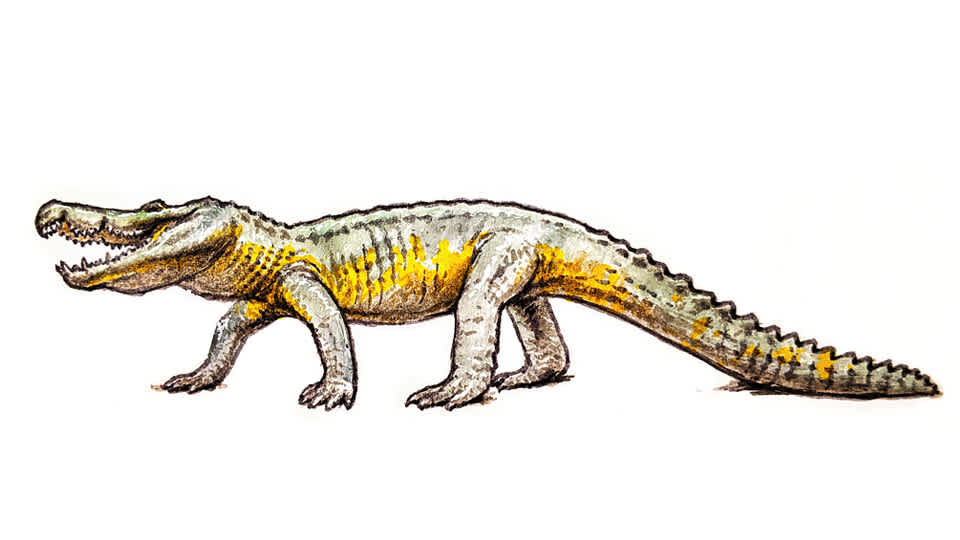
How to draw a Borealosuchus
Before scientists had fancy cameras and other digital image capturing tools, they relied on drawings to record and share their findings with the world. While technology has progressed significantly, sketching an animal — especially one that no longer exists — can be a great way to learn about their movement and form.
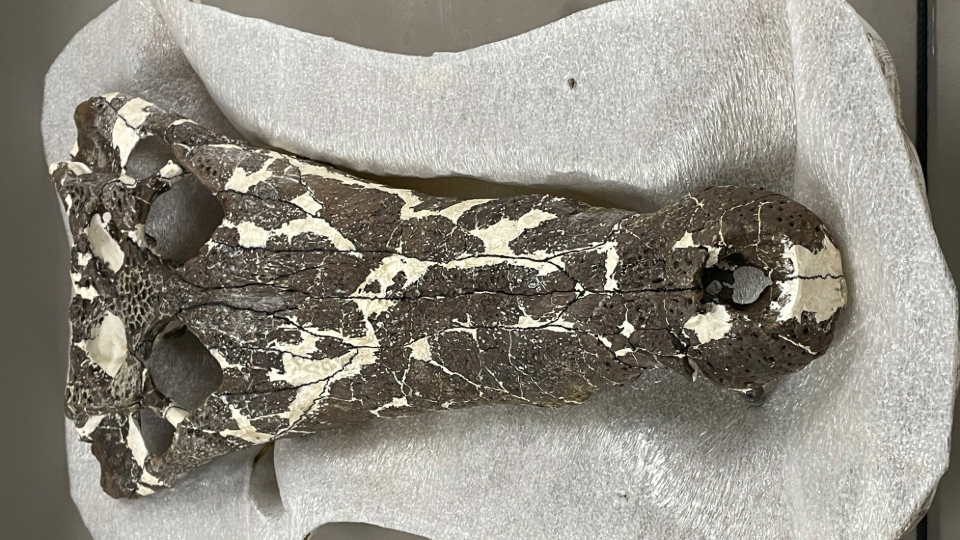
Follow these guidelines to learn how to draw Borealosuchus formidabilis, an ancient crocodile relative that lived in the midwest 60 million years ago and was discovered by Bruce Erickson, a former Science Museum scientist.
Don’t worry about messing up or doing things differently from our instructions. These steps worked for us, but art is all about making your own creative choices!
1. Draw simple ovals to figure out the position of the animal. Try drawing a line for the ground to show where the croc would be walking along.

2. Add more simple ovals to make the figure more detailed. Draw ovals where the jaws, neck, elbows, knees, and feet would be. You might notice that Borealosuchus has long legs compared to crocs living today!
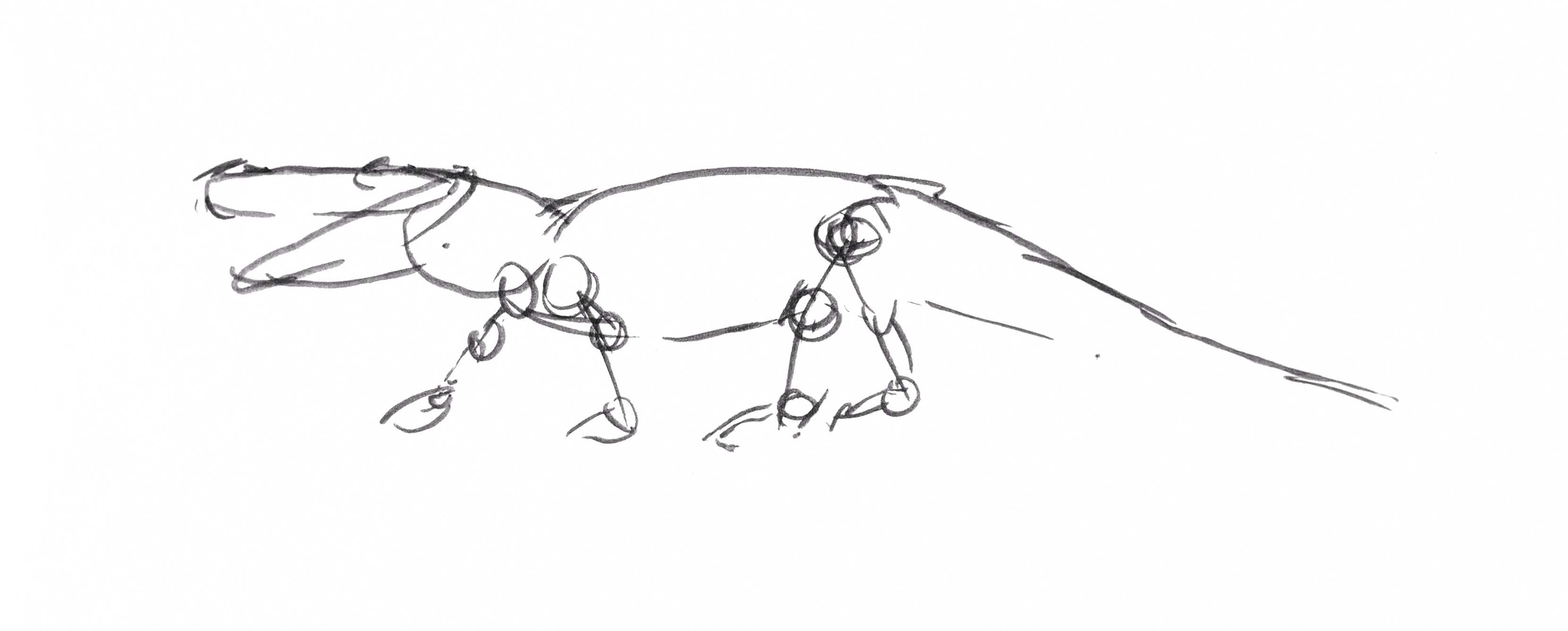
3. Add line details. Borealosuchus has a long, low, head, with its eyes sticking up. Its upper jaw sticks out farther than its lower jaw, and it has two notches in its upper jaw, where its teeth fit when its mouth is closed.
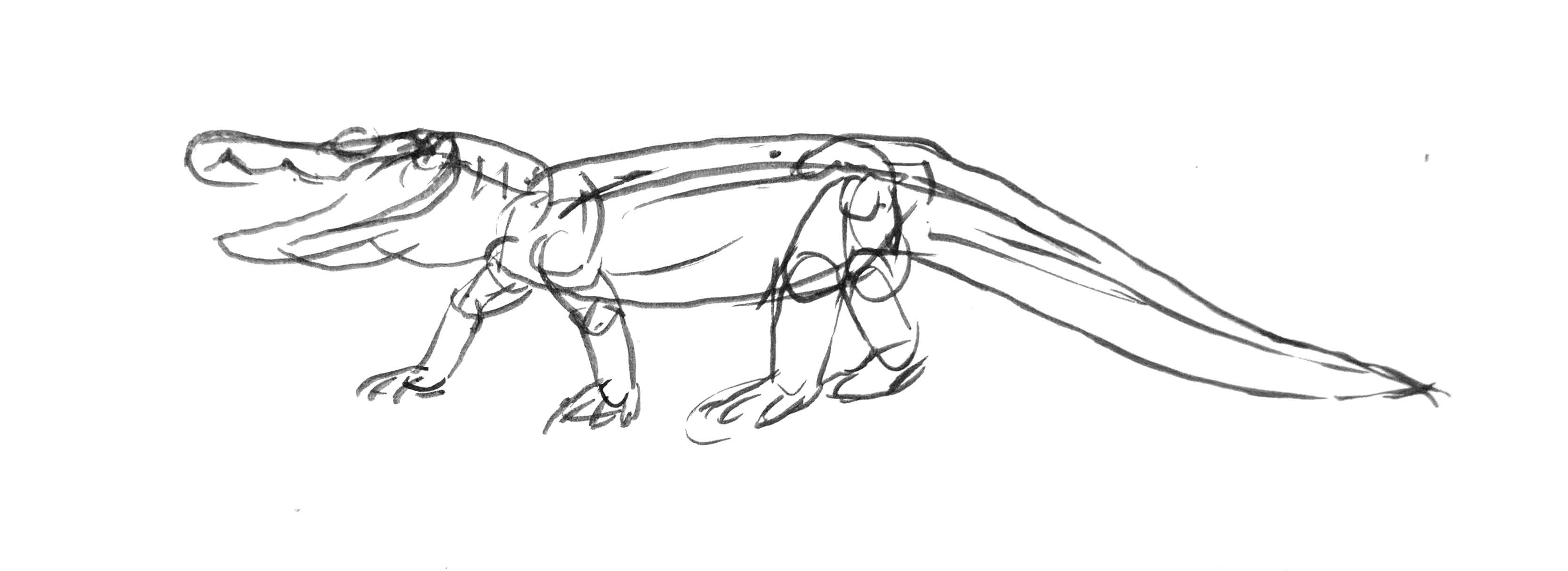
4. Add a body outline. Look at the skeleton to figure things out, like how many toes it had.
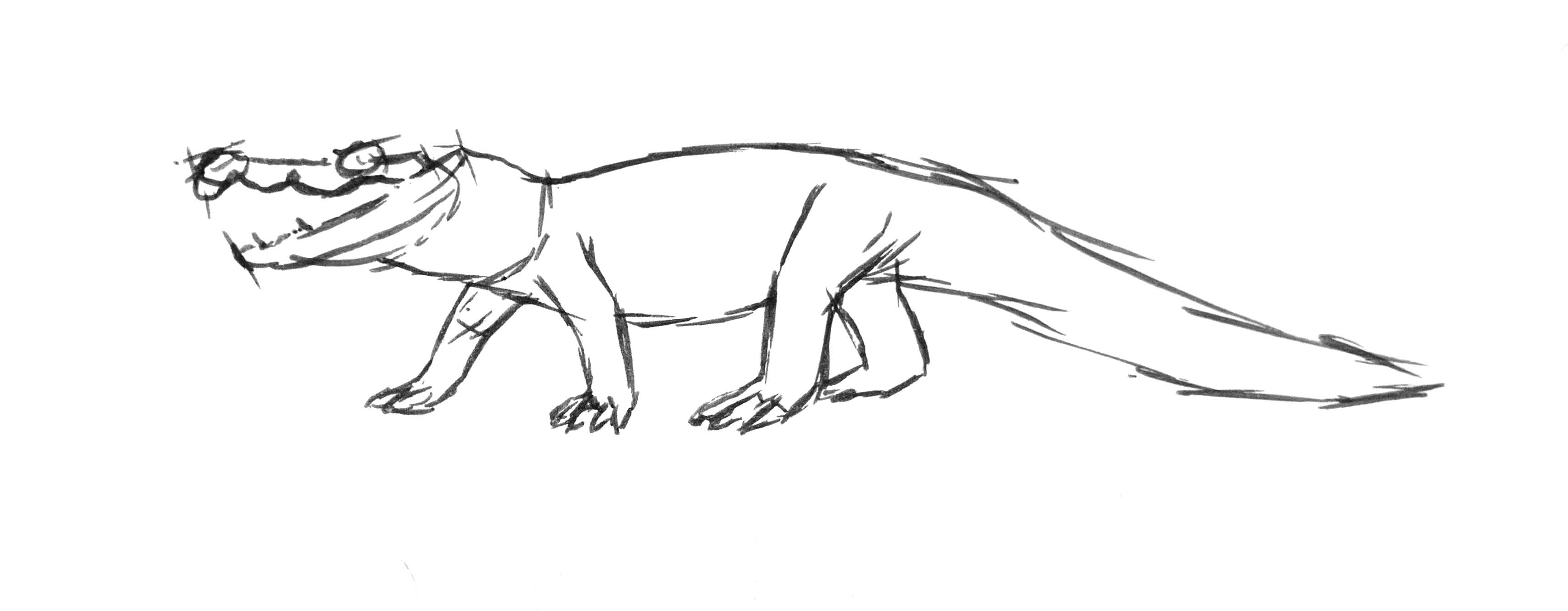
5. Add even more details. Like crocodiles today, Borealosuchus had big scales all over its back and down its tail.
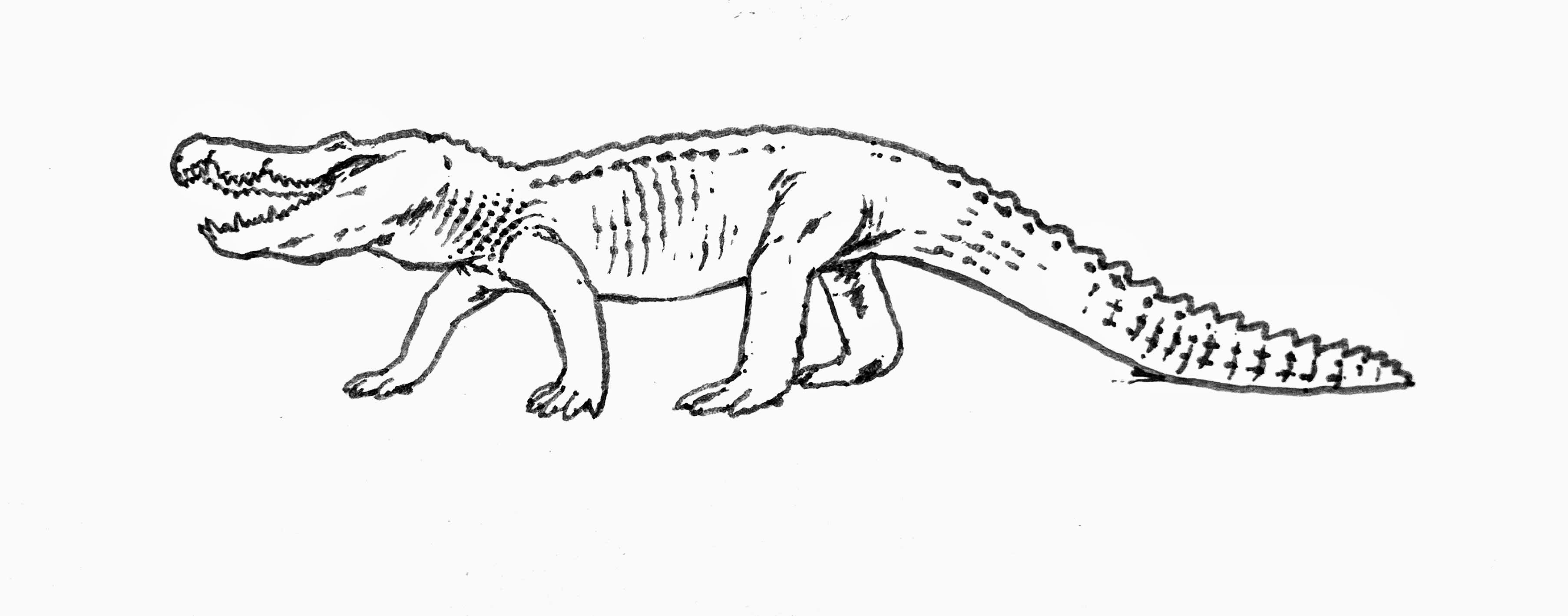
6. Add your personal finishing touches. Scientists aren't sure what color Borealosuchus was, so get creative. We used greens and yellows to match the swamp where this big croc would have hunted.
You did it! You drew Borealosuchus. Share your drawing with us at @sciencemuseummn. We look forward to seeing it!